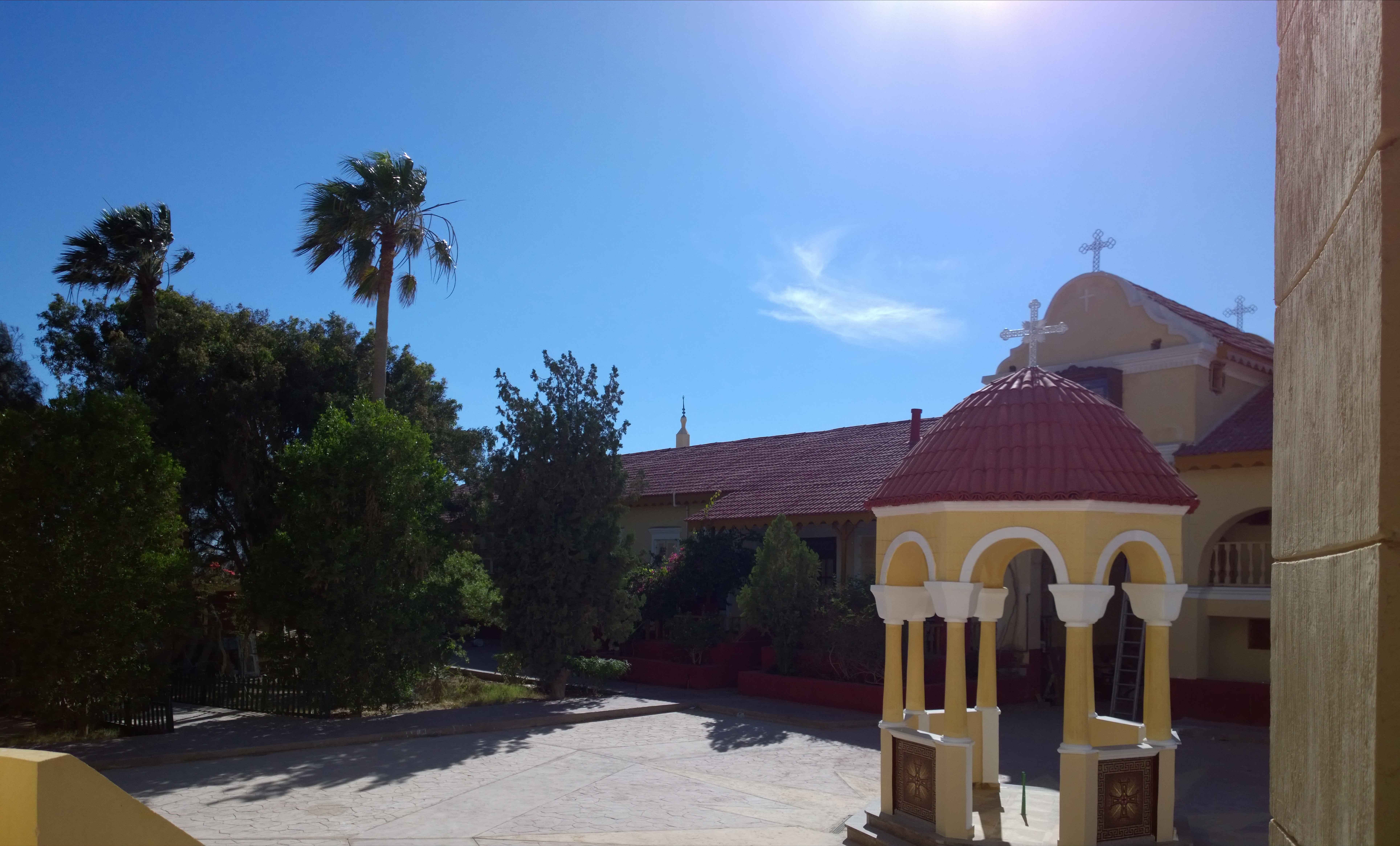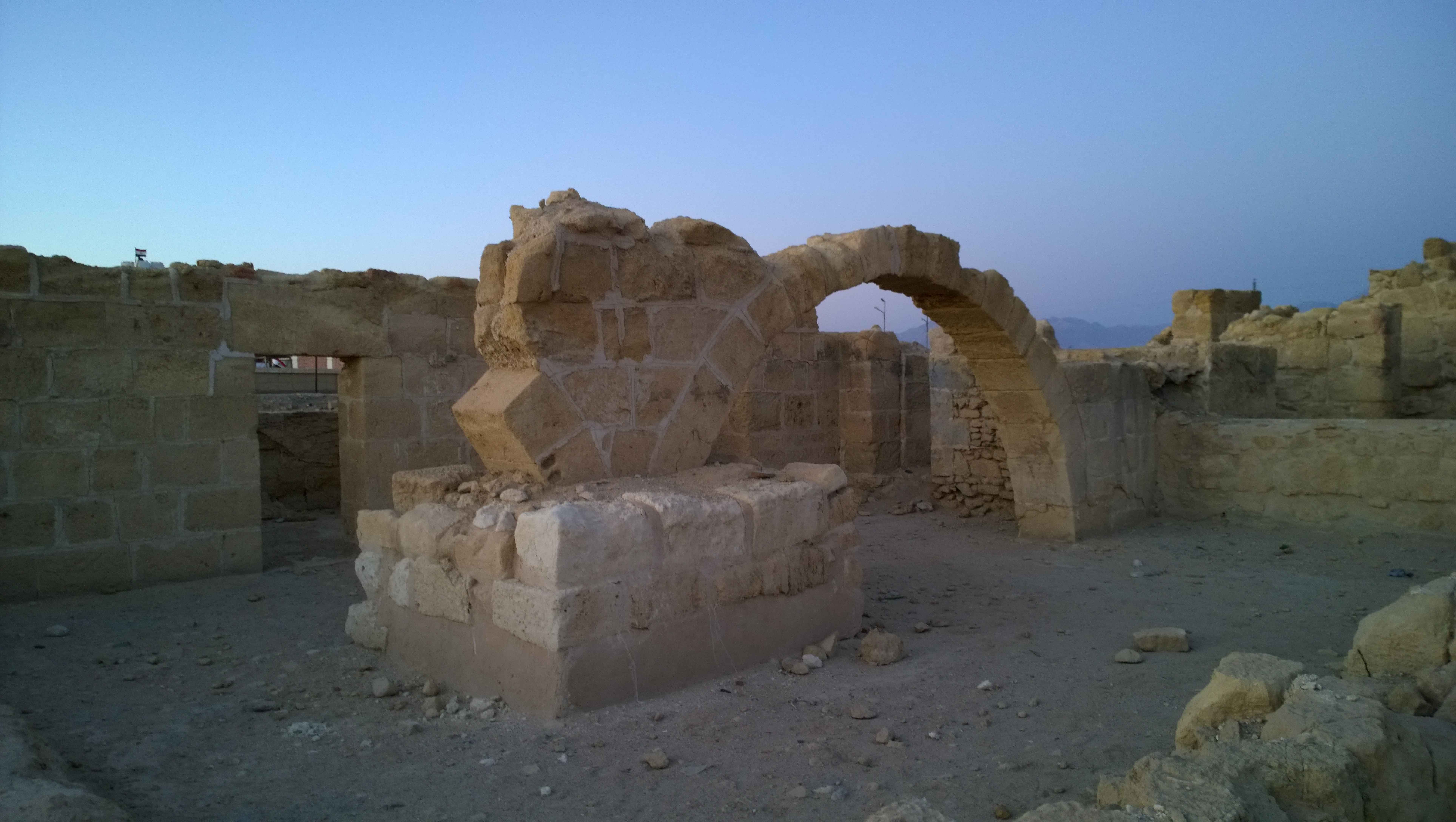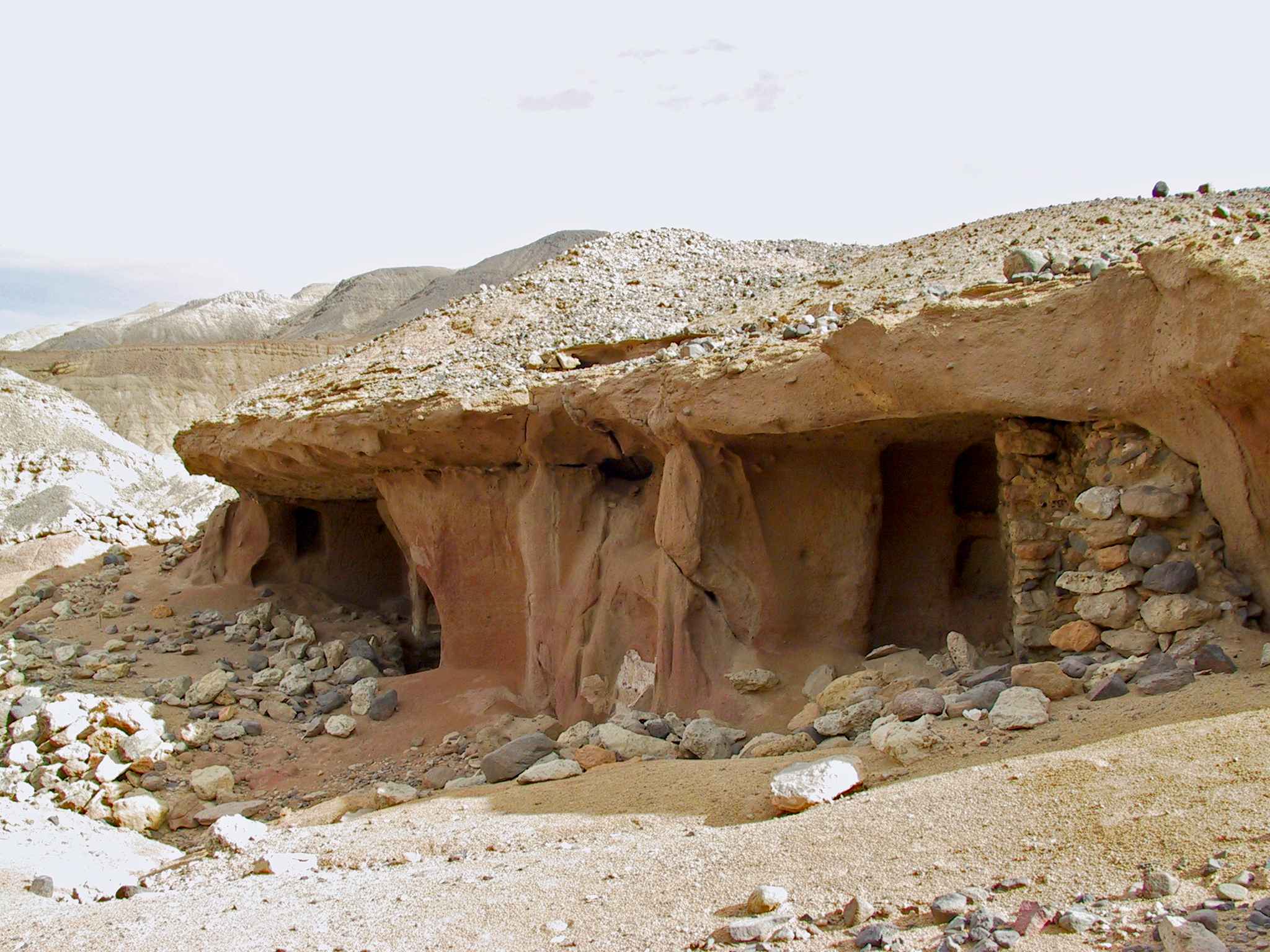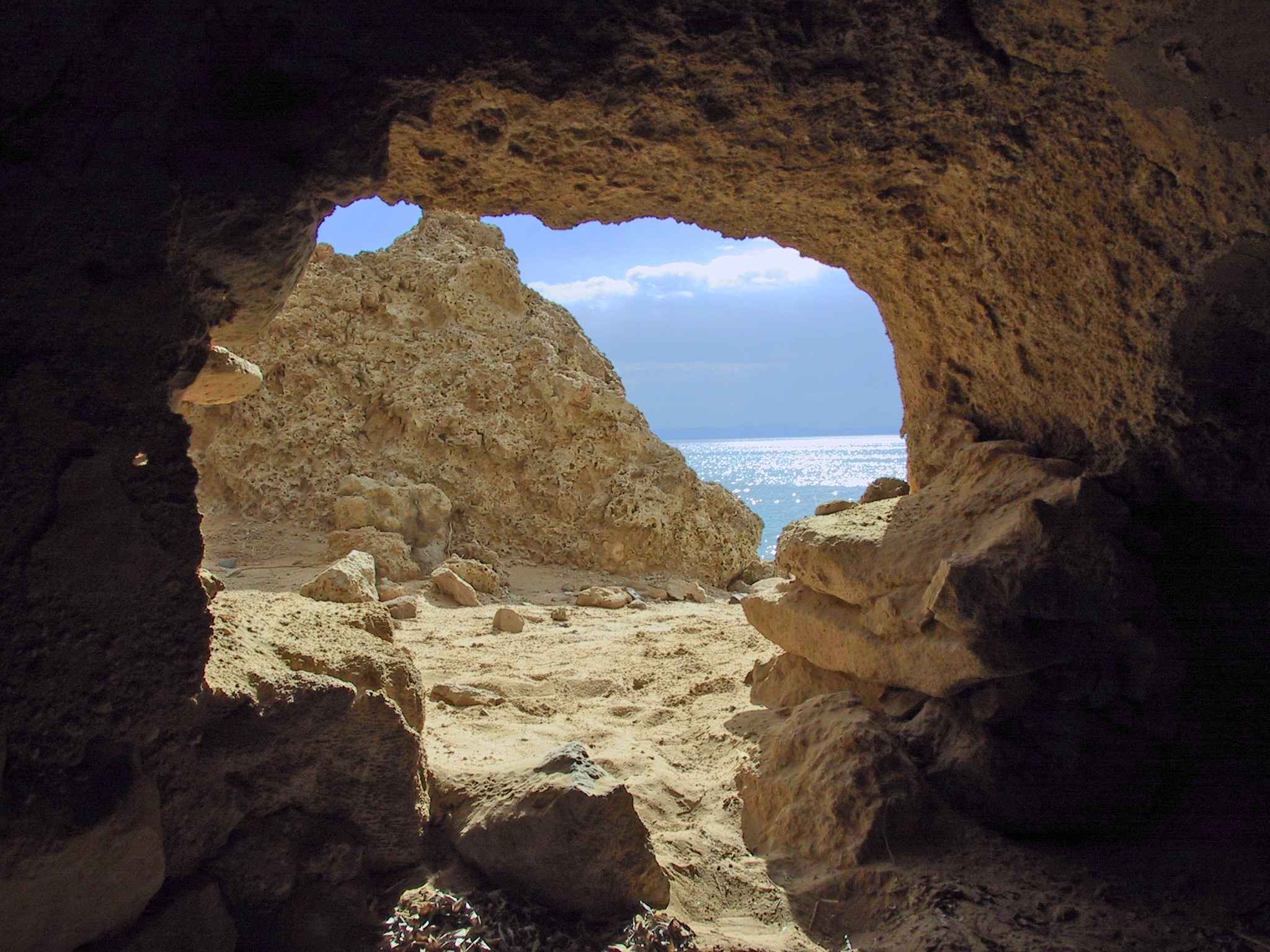RAITHO (EL-TUR)

Raitho (the modern el-Tur) was a port on the Red Sea dating back to Phoenician times. Its name means “land of fruits”, on account of the numerous date palms in the area. Today it has evolved into a large urban centre that serves as the administrative capital for the South Sinai. Here is also to be found a small flock of Greek Orthodox Christians belonging to the Archdiocese of Sinai.

Raitho has been identified as the Biblical Elim, where Moses and the children of Israel came to seventy date palms and twelve springs of water (Exodus 15:27). From the late third and early fourth century, it has been the site of monastic habitations. About AD 378, the Blemmyes killed forty monks at this site. Their memory is celebrated by the Church on January 14th. In the succeeding centuries, monastic life flourished at Raitho, and in the seventh century, it was John, Abbot of Raitho, who wrote to John, Abbot of Sinai, asking him to compose his famous book, The Ladder of Divine Ascent. The lavra at Raitho was destroyed in the eleventh century. Excavations have uncovered the extensive ruins of the monastic complex.

The traditional monastic presence at Raitho is being continued by the Sinai dependency of Saint George. At the site of the seventy date palms and twelve springs of water, now known as Hamam Loussa, there is a newly renovated monastic shrine with a garden and date palms. In the outlying area there are ancient hermitages, marked by the passage of time.






